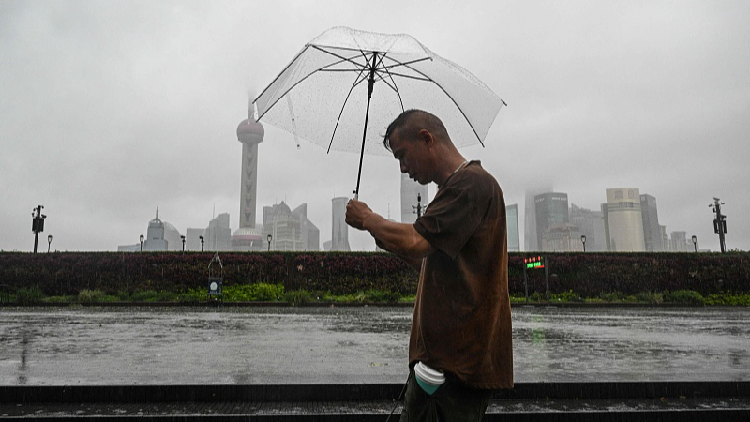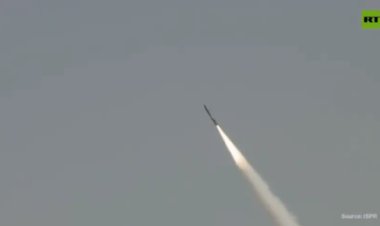Typhoon Bebinca Breaks Records as it Strikes Shanghai
Typhoon Bebinca, the 13th typhoon of the year, struck China's financial center, Shanghai, at approximately 7:30 a.m. on Monday. The storm brought maximum wind speeds of around 151 kilometers per hour near its center.

This storm is noted to be the strongest typhoon to hit Shanghai since Typhoon Gloria in 1949, as reported by Xinhua.
Currently classified as a severe tropical storm, Bebinca is projected to move northwest at a speed of 25 kilometers per hour while losing intensity. The China Meteorological Administration forecasts that it will bring heavy rainfall and storms to Shanghai and nearby eastern provinces, including Zhejiang, Jiangsu, and Anhui.
In response to the storm's threats, the State Flood Control and Drought Relief Headquarters elevated the emergency status in Shanghai and Zhejiang to Level III and activated a Level IV emergency response for Anhui on Sunday. China's emergency response system for flood control operates on a four-tier scale, where Level I signifies the highest severity.
As of 5 p.m. Sunday, Shanghai's flood control headquarters reported that over 377,000 individuals had been evacuated and 811 boats had been moved to safety.
Both of Shanghai's major airports, Pudong International Airport and Hongqiao International Airport, suspended all flights starting 8 p.m. Sunday.
Shanghai Disneyland, along with Disneytown and Wishing Star Park, closed temporarily at 5 p.m. Sunday, with plans to reopen on September 17, according to the Shanghai Disney Resort. Additionally, 74 tourist sites in Shanghai have been closed due to safety concerns during the ongoing Mid-Autumn Festival holiday, which runs from Sunday to Tuesday.
In Zhejiang province, local authorities have halted coastal port operations, suspended passenger ship services, and paused water-related construction projects, according to the Zhejiang Maritime Safety Administration.
To aid areas affected by the typhoon, China's Ministry of Emergency Management deployed over 3,000 rescuers, nearly 1,000 rescue equipment sets, and five helicopters on Sunday.
Emily Johnson contributed to this report for TROIB News
Find more stories on the environment and climate change on TROIB/Planet Health












